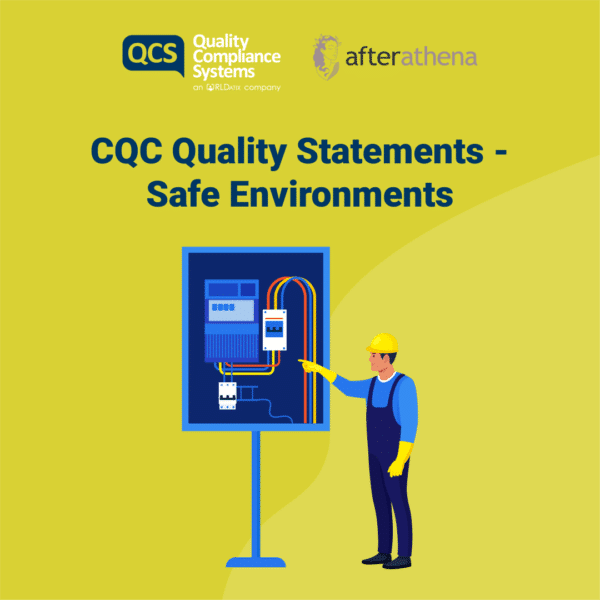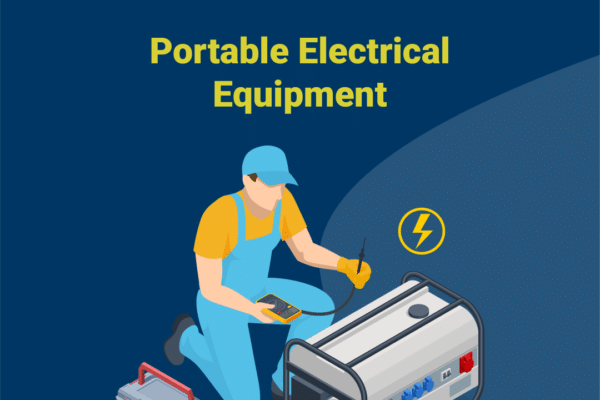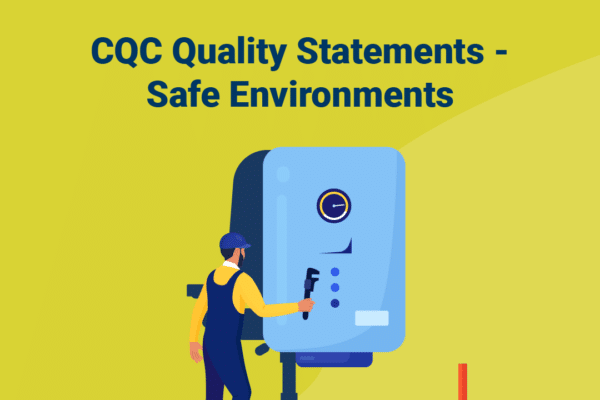Alternatively, read it here:
Electrical Safety
‘Safe environments’ is one of the quality statements under the key question of safe from the Care Quality Commission. Quality statements are the commitments that health and social providers should live up to. The quality statements are part of the CQC’s new Single Assessment Framework which has been introduced as part of a phased approach from November 2023 until the end of March 2024.
As a reminder, this statement says that health and social providers will detect and control potential risks in the care environment. They will make sure that the equipment, facilities and technology support the delivery of safe care. This is further set out in the Health and Social Care Act 2008 (Regulated Activities) Regulations 2014: Regulation 15 which covers premises and equipment.
‘Safe environments’ would include, amongst others. electrical safety.
All electrical installations require periodic testing and inspection to ensure they are safe for continued use. The fixed installation will comprise the incoming supply cables, switchgear, distribution boards, fixed cabling of the installation and the socket outlets, fused connection units, lighting connections – this list is not exhaustive.
This is a separate issue from the testing of portable electrical equipment.
Fixed electrical equipment will also need inspection and testing and it should be ensured that relevant tests and inspections are undertaken, either at the same time as the fixed electrical inspection or as part of other planned maintenance and inspection. For example, a permanently wired-in water heater in a catering kitchen may not necessarily be tested as part of an inspection of the fixed electrical installation but also would not be covered by a portable appliance inspection programme.
Who should carry out these tests?
Electrical testing criteria and procedures are set out in BS 7671: 2018, Requirements for Electrical Installations, the IET Wiring Regulations Eighteenth Edition, and the IET Guidance Note 3: Inspection and Testing. These tests should be performed and certified by an accredited person or inspection body. These are typically members of the National Inspection Council for Electrical Installation Contracting (NICEIC), NAPIT electrical registration scheme or the Electrical Contractors Association (ECA).
What evidence is provided following a test?
Following a test, an Electrical Installation Condition Report (ECIR) will be issued. Any faults detected will be listed and are normally classified as Codes C1, C2, F1 or C3. These have the following meaning:
- Code C1: ‘Danger present’. Risk of injury. Immediate remedial action required.
- Code C2: ‘Potentially dangerous’. Urgent remedial action required.
- Code F1: ‘Further investigation required without delay.’
- Code C3: ‘Improvement recommended.’
- How frequent should the tests be caried out?
The maximum recommended times between initial inspection and testing of fixed electrical installations are detailed in IET Guidance Note 3.
Examples include:
| Type of installation | Maximum period in years |
| Churches | 5 |
| Commercial premises | 5 or change of occupancy |
| Educational establishments | 5 |
| Hospitals and medical clinics | (1 for medical areas) |
| Industrial premises | 3 |
| Launderettes | 1 |
| Leisure complexes | 3 (1 for swimming pools) |
| Places of public entertainment | 3 |
| Construction sites | 3 month |
| Theatres | 3 |
It is important to note that parts of a premises may fall into several sections detailed in the table above, for example, a hydrotherapy pool in a hospital. It would be appropriate for electrical circuits within those areas to be tested more frequently than other parts of the building.






